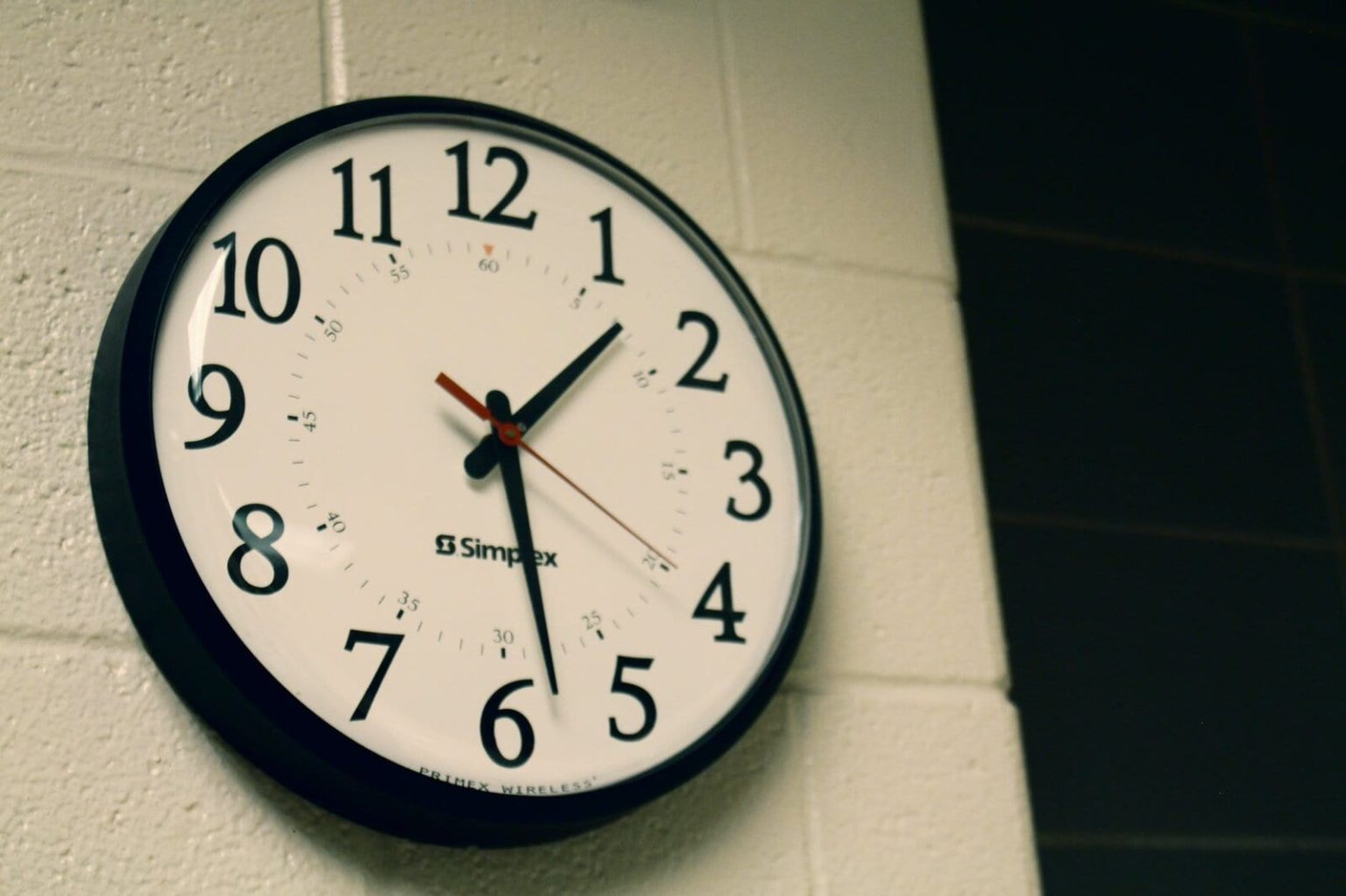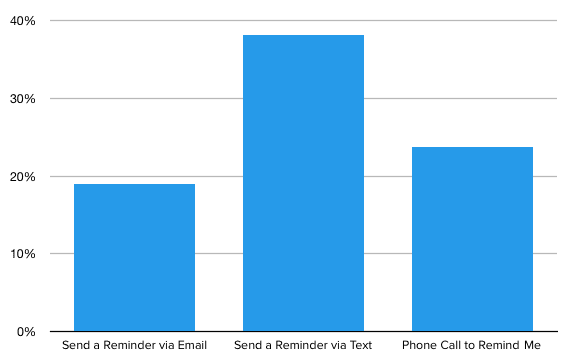6 Strategies to Reduce No-Show Rates
Think you’ve got a no-show problem? Here’s how to tweak your scheduling process and reminders to reduce the likelihood of no-shows and cancellations.

Think you’ve got a no-show problem? Here’s how to tweak your scheduling process and reminders to reduce the likelihood of no-shows and cancellations.

The moment you realize that someone isn’t going to show for an appointment is never a good one. Not only have you watched the clock tick by, but you’ve lost money.
You’re not alone: The hair and beauty industry loses a massive $1.2 billion every year because of missed appointments. If you think that’s a lot of money, it costs the healthcare industry $150 billion.
It’s tempting to shrug your shoulders and dismiss no-shows as a fact of life. Sure, there will always be the occasional last-minute emergency. But if they’re a regular occurrence, you’ve got a bigger issue.
Here are six strategies to reduce no-show rates.
Only 28% of medical appointment no-shows result from uncontrollable events like family emergencies or illnesses. (Similarly, less than 30% of no shows in sales appointments.)
So, what’s the number one reason that people don’t show? They forget. That’s right, 37.6% of people forget.
If most of your no-shows are due to emergencies, then there’s not much you can do. But it’s unlikely that this is the case.
Instead, people forget because they’re busy or they’re double booked. The good news is that there are strategies you can use to tackle this.
Here are six ways you can ensure your customers stay committed to their appointments.
The first step you should take is to look for patterns within your no-show data. Is a particular staff member getting more no-shows? Are certain days or times worse than others? Or are there specific services that have a higher no-show rate?
Let’s say you operate a dental office and realize a particular dental hygienist has a high no-show rate for new patient appointments.
You realize that there’s a negative review online that references this particular hygienist and suspect that people are making appointments and then researching your practice.
You respond to this review and tactfully state that no one else has had an issue and that you’d love to offer them a complimentary service.
You check back a few months later, and your practice’s no-show rate is down.
Always offer a couple of different meeting times to your clients. If none of the times work, they’ll either let you know or offer a few alternatives. Be sure to include the length of the appointment so that people can plan their day around it.
Appointment confirmation texts are the number one way people want to be reminded of appointments. A survey by the Medical Group Management Association found that 38.1% of people believed an SMS reminder would have helped them keep their scheduled appointments.

If you’re still making reminder phone calls, you need to stop. According to an analysis of 11 billion calls, you only have a 52% chance of connecting with someone. If your customer doesn’t recognize your phone number when they pick up their cellphone, that statistic rises to 76%.
On the other hand, you have a 98% chance of someone opening your text message about an upcoming appointment. One study covered by the National Institutes of Health found patient appointment reminders reduced no shows, whether they were calls (3.49% no show rate), emails (2.68% no show rate), or texts (1.90% no show rate). Texting had the best attendance rate at 98.1%.
A straightforward strategy to reduce no-show rates is to stress why your client should attend.
Depending on what service you provide, it’s likely a good idea to proactively address any concerns people may have. For example, if you’re run health practice and an uncomfortable screening is scheduled, you’ll want to reassure your patient with instructions.
You can share this information via SMS before an appointment. Not only will it reduce patient no shows, but it also improves the patient’s experience with your practice.
Sometimes things come up, or there is a genuine scheduling conflict. That’s why you must make it easy to reschedule—preferably before the appointment date.
When you send follow-up or reminder texts before your appointment, include an option for the other person to reschedule, such as a link to your calendar scheduling tool.
When you make it easy for the other person to reschedule without having to pick up the phone, you create a less intimidating experience that puts some of the control back in their hands.
Charging your customers a fee for no-shows or implementing a credit card no-show policy is last on this list for a reason. It can drastically reduce your no-show rate, but it can also lead to a client backlash if done incorrectly.
If you do go down this route, we recommend that you don’t charge a no-show fee on a customer’s first offense. Instead, after two no-shows without a call or two no-shows within a year, you charge them.
If you’re curious about implementing this policy, check out this sample document from a practice management consultant Karen Zupko that outlines the T&Cs.
By investing the time in the above strategies to reduce no-show rates, you’ll reduce missed appointments and empty slots, resulting in a massive return-on-investment for you and your business.
Drew Wilkinson is the Head of Marketing at SimpleTexting. Drew has more than a decade of experience managing successful integrated marketing programs to build brands, raise awareness, and generate demand.
More Posts from Drew WilkinsonLearn why Loretto turned to SimpleTexting to give their organization, the sixth-largest employer in central New York, a more robust internal communications system.
ReadStill sending patient appointment reminder texts manually? Automate them instead to increase staff efficiency, reduce errors, and improve the patient experience.
ReadStart a text marketing campaign or have a 1-on-1 conversation today. It's risk free. Sign up for a free 14-day trial today to see SimpleTexting in action.
No credit card required